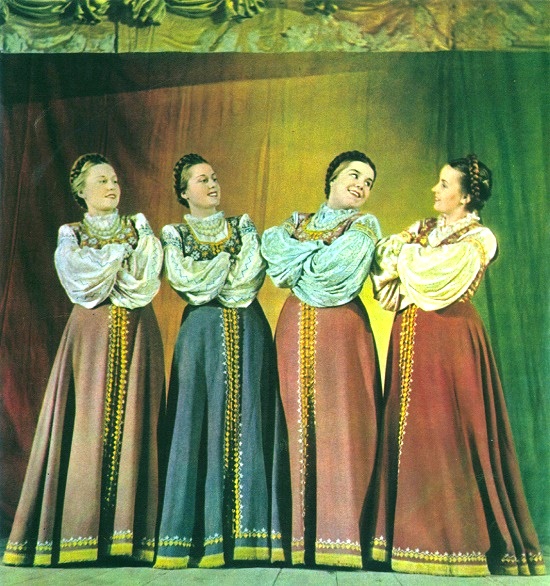One-picture gallery paintings by Soviet artists

Vladimir Ulyanov (born in 1933, Yaroslavl). My land. 1981. Oil on canvas. One-picture gallery paintings by Soviet artists
One-picture gallery paintings by Soviet artists
The author of the first picture in the gallery of paintings of various Soviet artists – Vladimir Ulyanov. Born October 30, 1933 in Kostroma, he grew up on the Volga. Vladimir’s father was a skipper on a barge and dreamed of seeing his son as captain. However, Vladimir dreamed to become an artist and began to learn painting. First, he studied in the Yaroslavl Art College (1949 -1954), workshop of Soviet artist G.A. Daryin. According to Ulyanov, there he achieved confidence in his skill and defended his diploma with honors.
For several years (1954 -1967) Ulyanov taught at the Yaroslavl Children’s Art School N1. He created a series of portraits of children and adolescents – Yunnatka 1965, Sanka 1970, Our Son 1978, and others. Since the mid-1950s, Ulyanov became a regular participant of not only regional, but also many large and diverse exhibitions: republican, all-Union and international. In addition, his works were exhibited abroad (France, Germany, Great Britain, China, Finland, etc.), and reproduced in various printed publications.
Read more »





